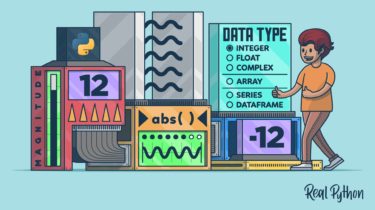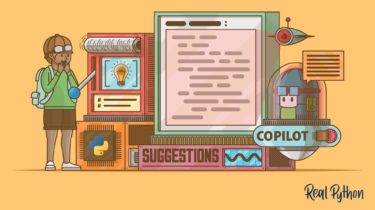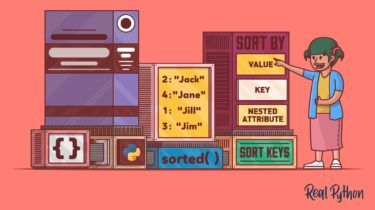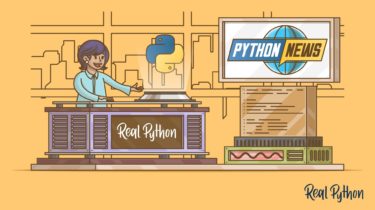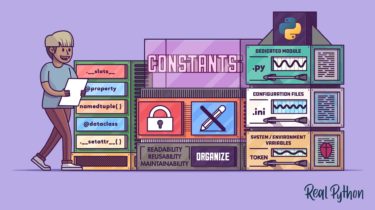How to Find an Absolute Value in Python
Absolute values are commonly used in mathematics, physics, and engineering. Although the school definition of an absolute value might seem straightforward, you can actually look at the concept from many different angles. If you intend to work with absolute values in Python, then you’ve come to the right place. In this tutorial, you’ll learn how to: Implement the absolute value function from scratch Use the built-in abs() function in Python Calculate the absolute values of numbers Call abs() on NumPy […]
Read more